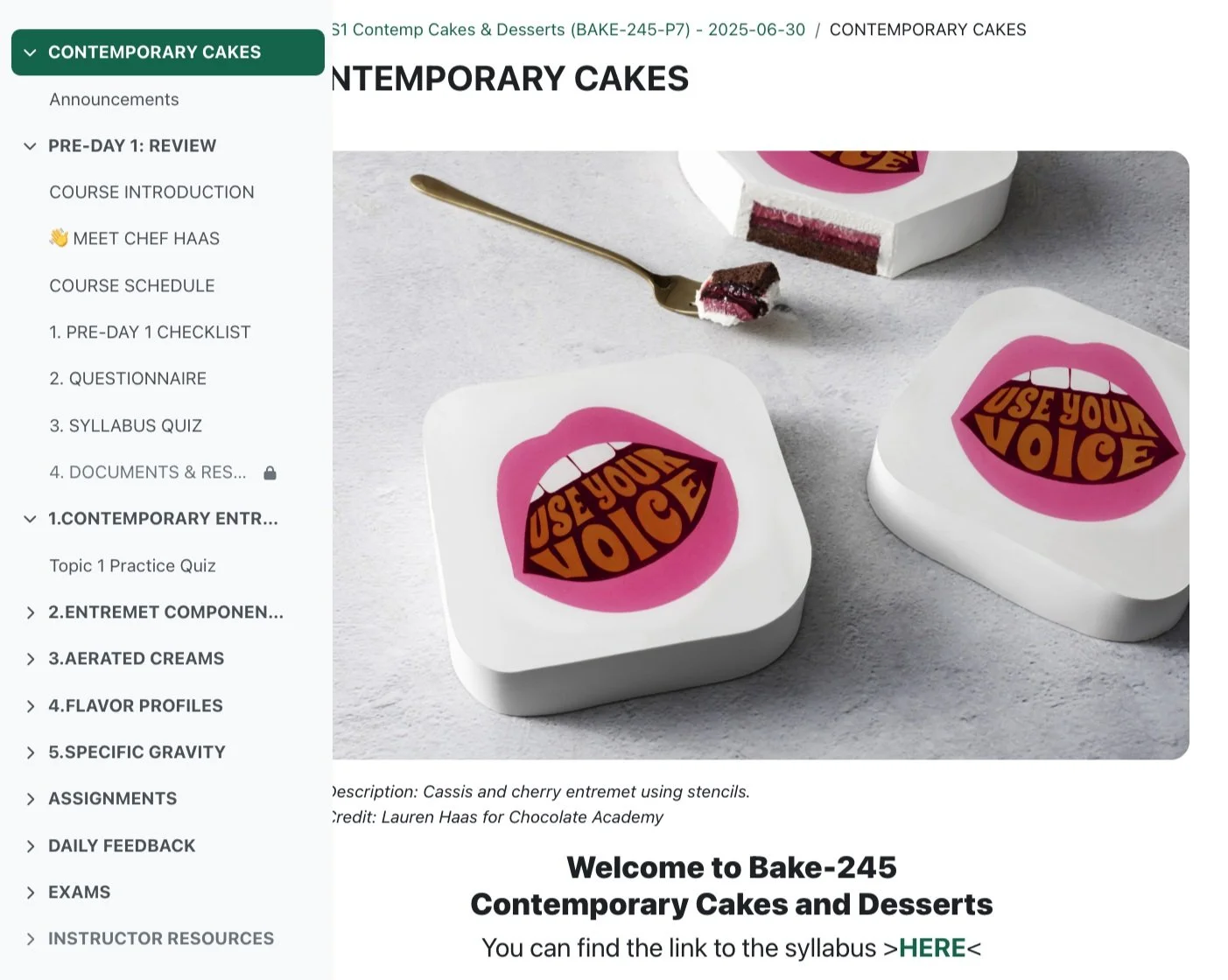Interior Crumb
|
Interior Crumb |
Like the cross section of a well-proofed croissant, this section reveals the interior crumb of my courses.
Through structured learning modules, diverse media, formative assessments, and timely feedback, I design learning experiences that help students build confidence, demonstrate achievement, and retain knowledge over time.
Course Structure and Design
Today’s learners engage with content across diverse digital platforms and often expects a similar level of visual appeal and navigational ease in their academic experience.
I place a strong emphasis on visual engagement and clarity. My Moodle courses are designed to be streamlined and easy to navigate, using elements such as:
Strategic spacing
Consistent iconography
Clear, intentional layout
These design choices help guide student attention and reduce cognitive overload.
To minimize barriers, I also use OneDrive links instead of file uploads wherever possible. This reduces the number of downloads students need to manage and keeps everything in one accessible place.
This approach enhances usability, while also supporting executive functioning, helping students stay organized, focused, and actively engaged with the material.
Topic Structure and Design
Each topic follows a consistent structure that helps reduce cognitive load and supports student focus. For every learning module, I include:
A topic overview
Clearly stated learning objectives
Key terms
Required resources
Additional recommended materials
This structure supports schema development and helps students engage more deeply with the material.
Example Site Organization
BAKE-245 Contemporary Cakes
Multimodal Learning
I incorporate a variety of media to support different learning preferences and encourage active engagement.
This includes:
Videos
Podcasts
Academic readings
Curated non-academic articles
Using diverse formats helps students connect with the material from multiple angles and promotes information retention.
Active Learning Tools
Course materials are structured to support formative assessment and self-directed learning.
Depending on the course, I include:
Practice quizzes and study questions to reinforce understanding
Pre-class worksheets to guide students through resources and prepare them for discussion or hands-on activities (supporting a flipped classroom model)
These tools foster metacognitive skills and help students take ownership of their learning.




